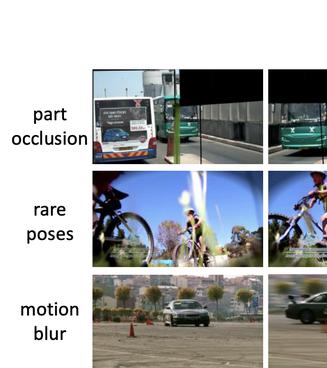Enabling Deep Residual Networks for Weakly Supervised Object Detection
Weakly supervised object detection (WSOD) has attracted extensive research attention due to its great flexibility of exploiting large-scale image-level annotation for detector training. Whilst deep residual networks such as ResNet and DenseNet have become the standard backbones for many computer vision tasks, the cutting-edge WSOD methods still rely on plain networks, e.g., VGG, as backbones. It is indeed not trivial to employ deep residual networks for WSOD, which even shows significant deterioration of detection accuracy and non-convergence. In this paper, we discover the intrinsic root with sophisticated analysis and propose a sequence of design principles to take full advantages of deep residual learning for WSOD from the perspectives of adding redundancy, improving robustness and aligning features. First, a redundant adaptation neck is key for effective object instance localization and discriminative feature learning. Second, small-kernel convolutions and MaxPool down-samplings help improve the robustness of information flow, which gives finer object boundaries and make the detector more sensitivity to small objects. Third, dilated convolution is essential to align the proposal features and exploit diverse local information by extracting high-resolution feature maps. Extensive experiments show that the proposed principles enable deep residual networks to establishes new state-of-the-arts on PASCAL VOC and MS COCO.
PDF Abstract



 ImageNet
ImageNet
 MS COCO
MS COCO
 ssd
ssd